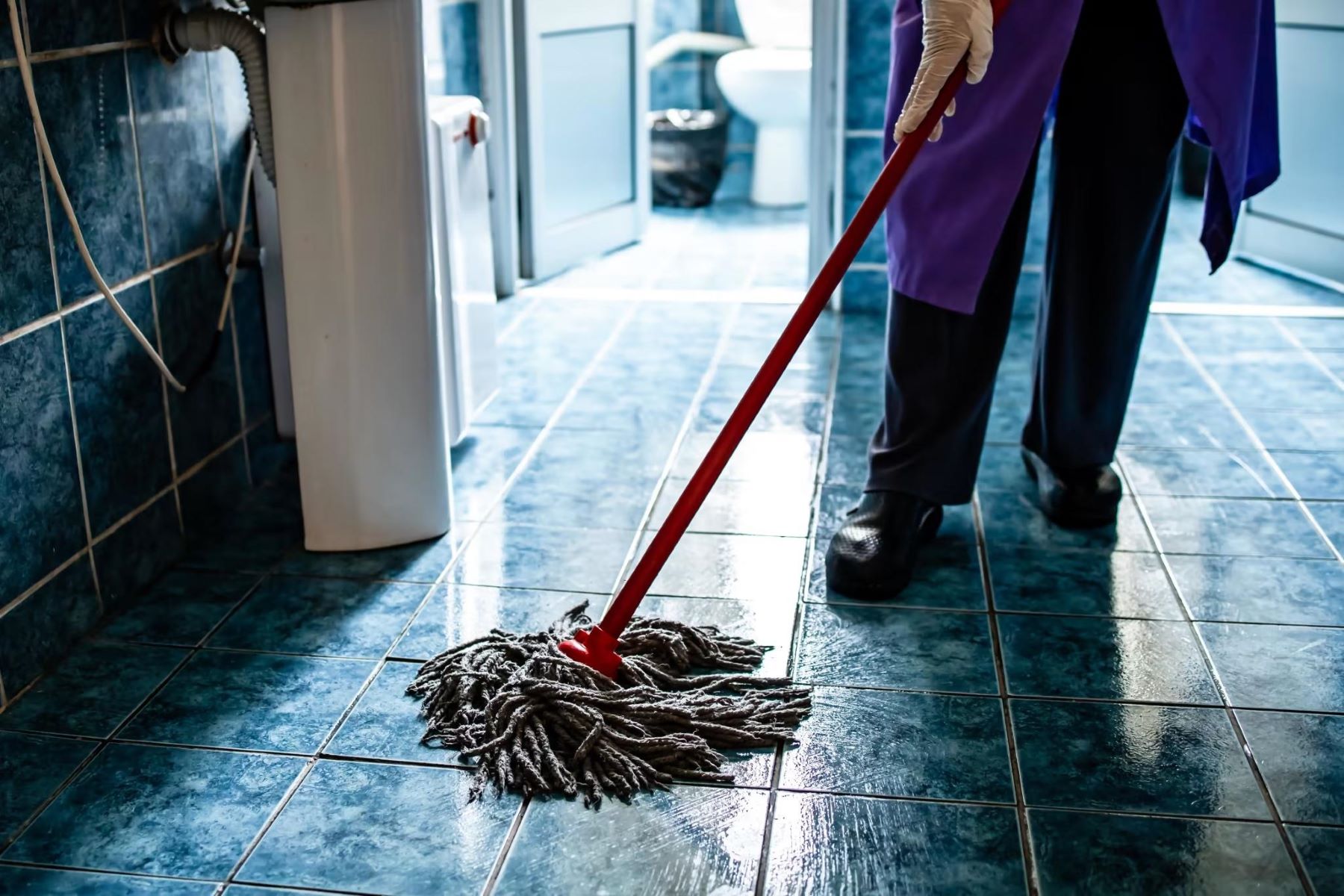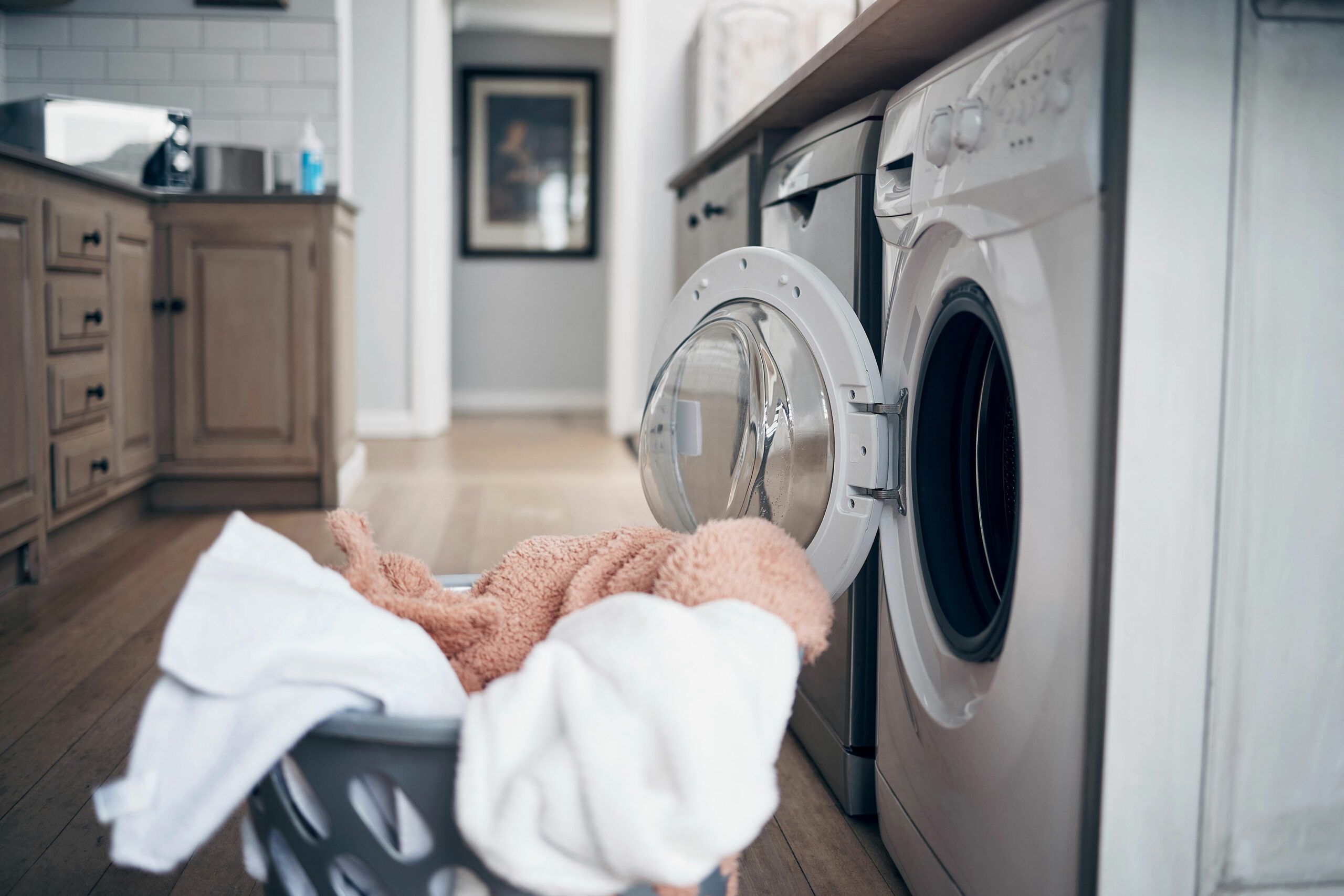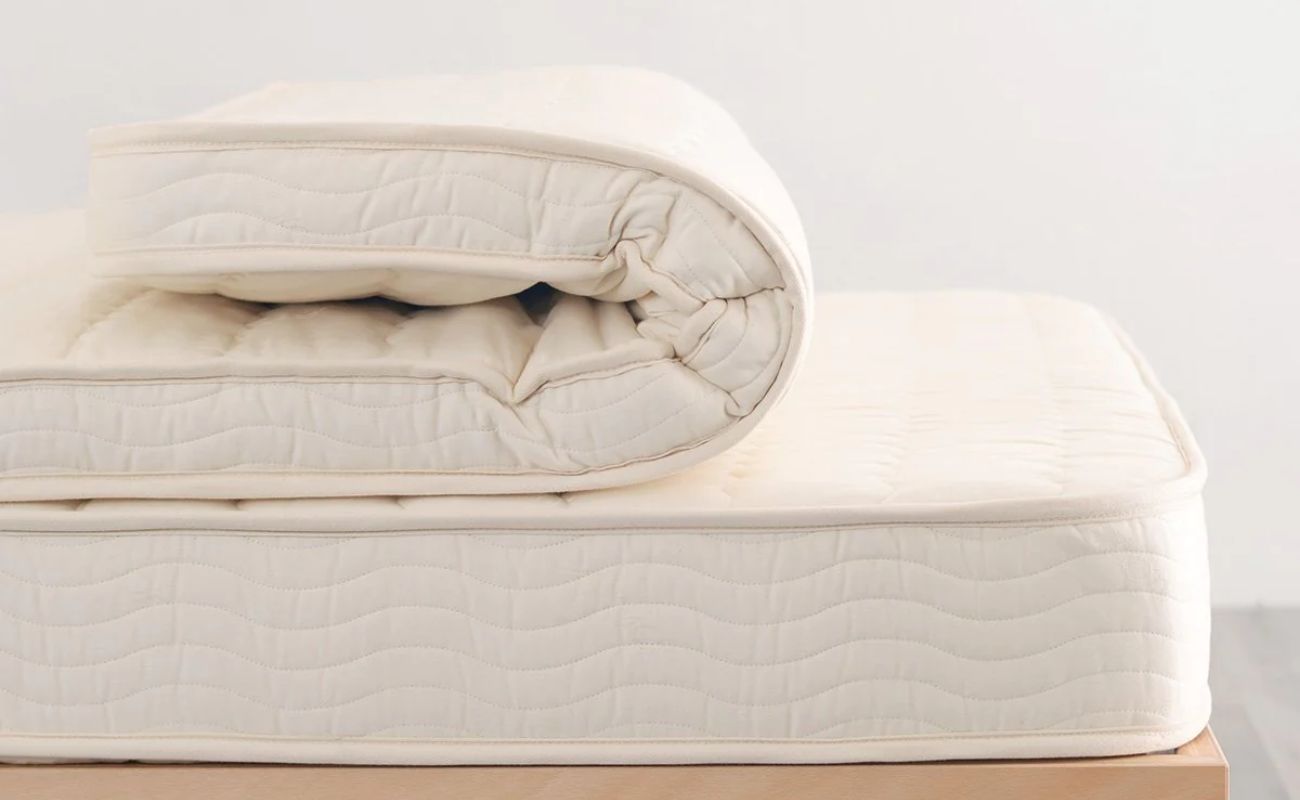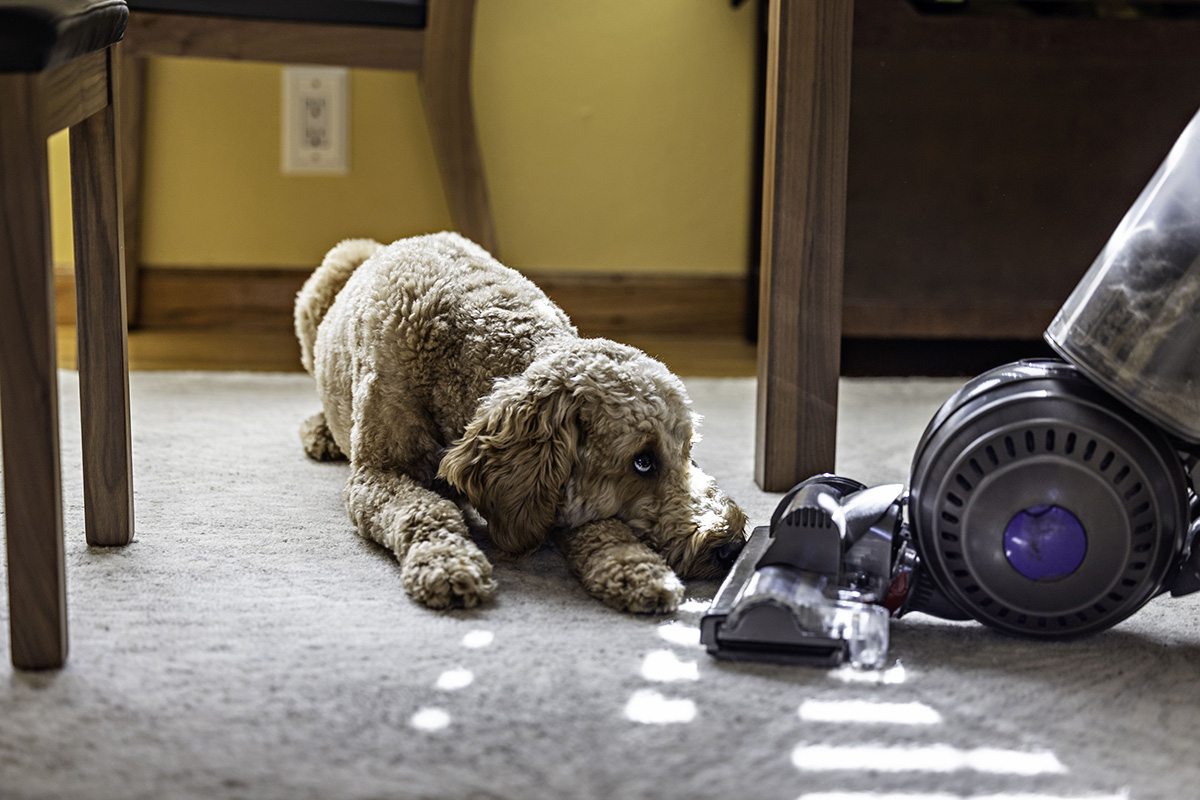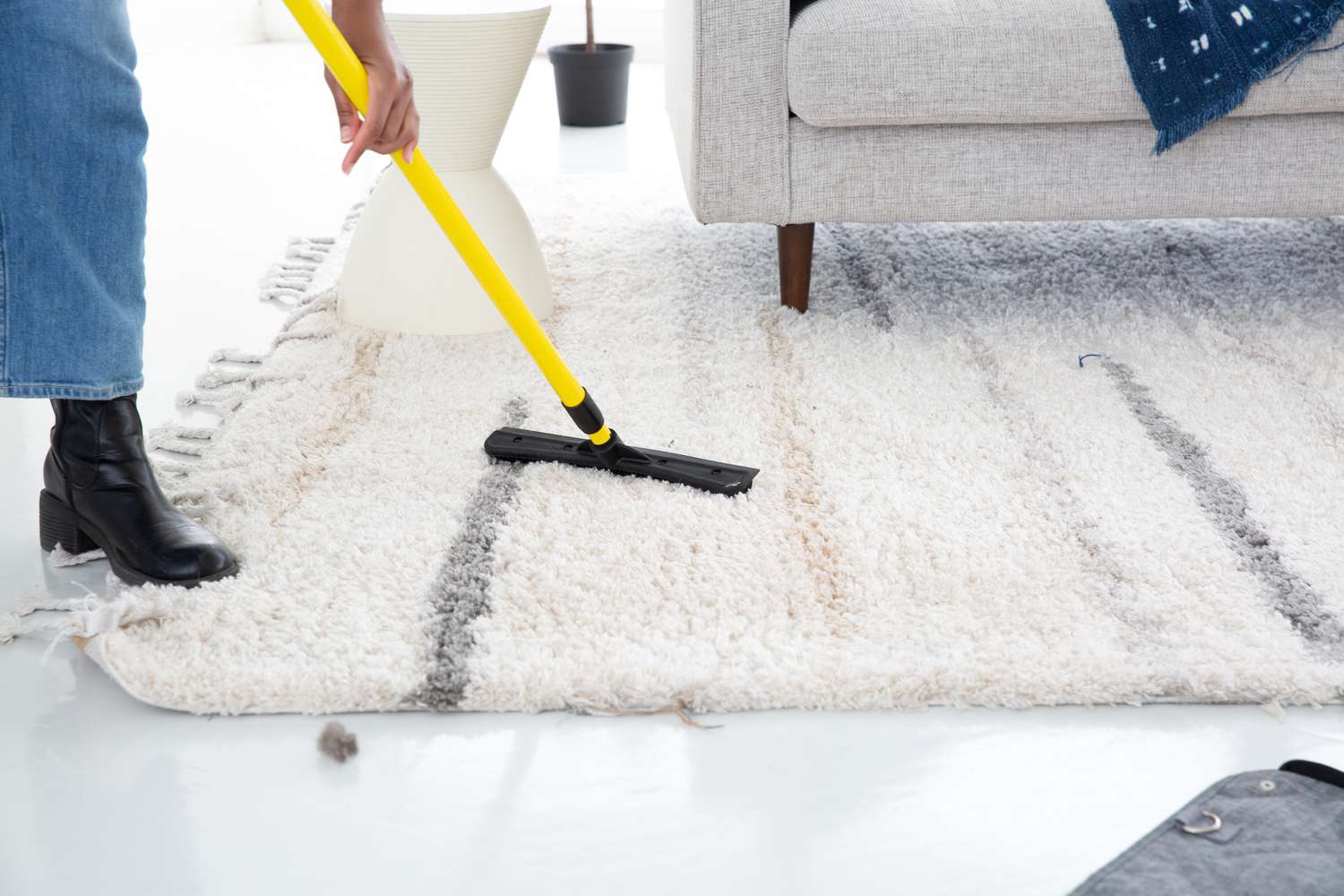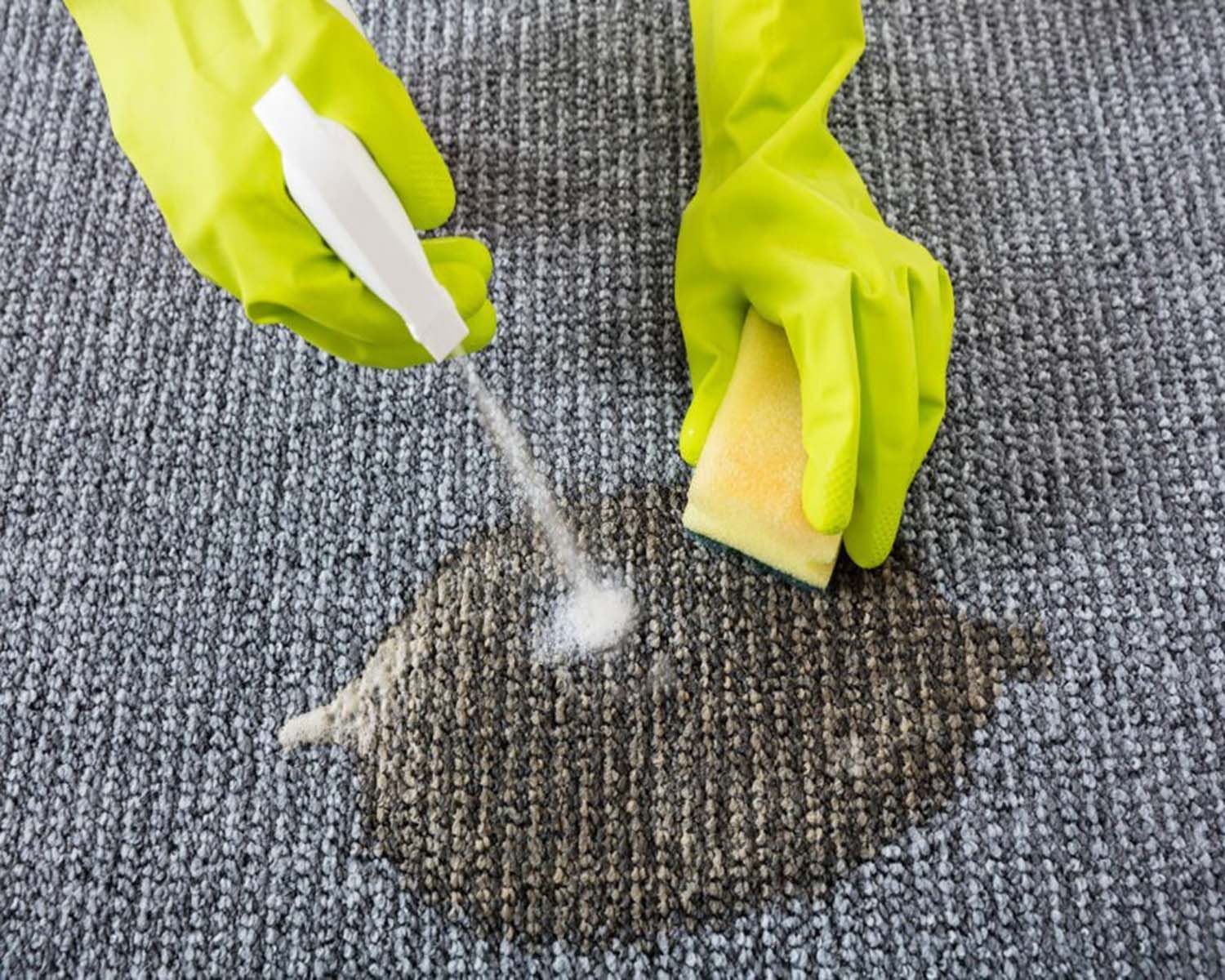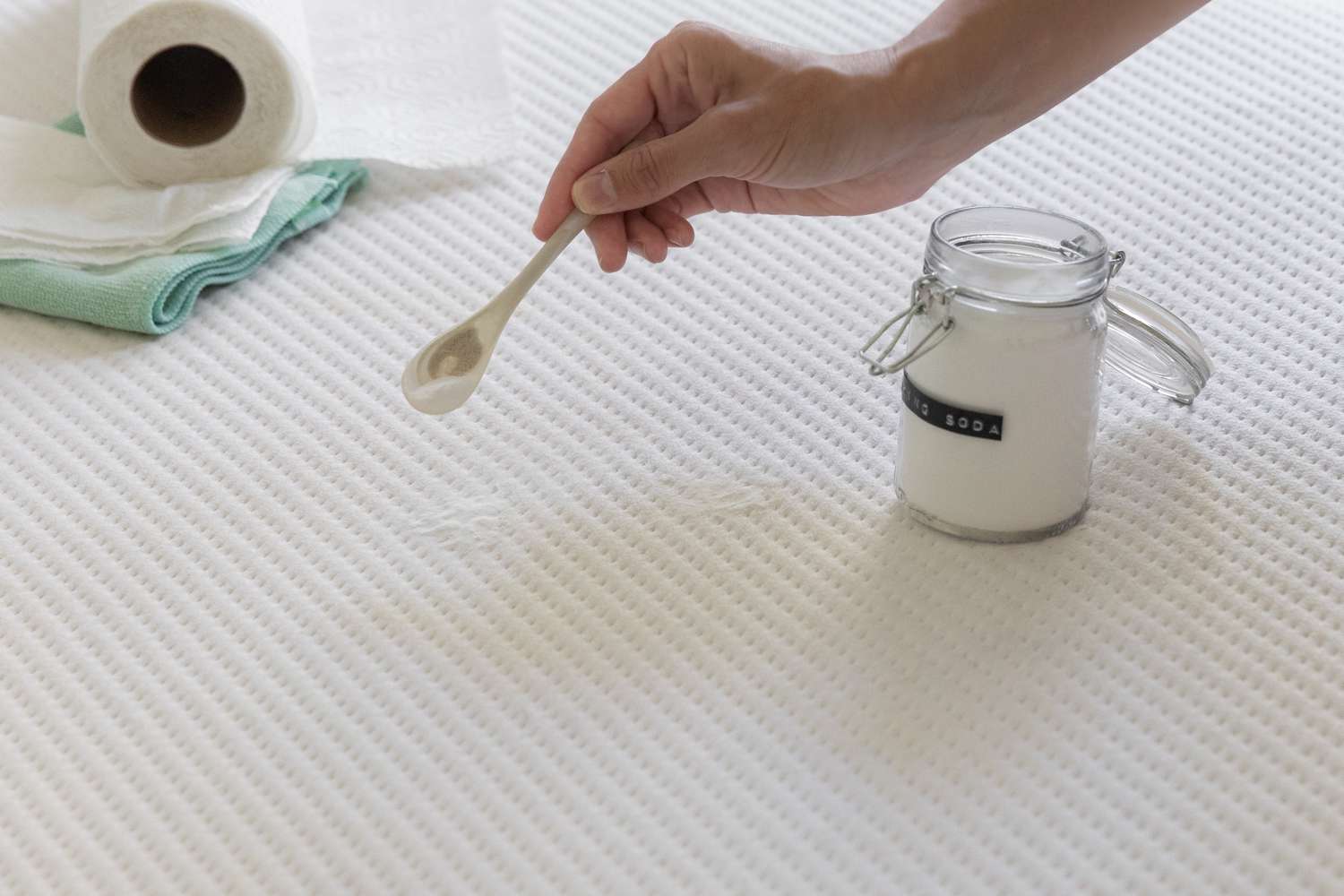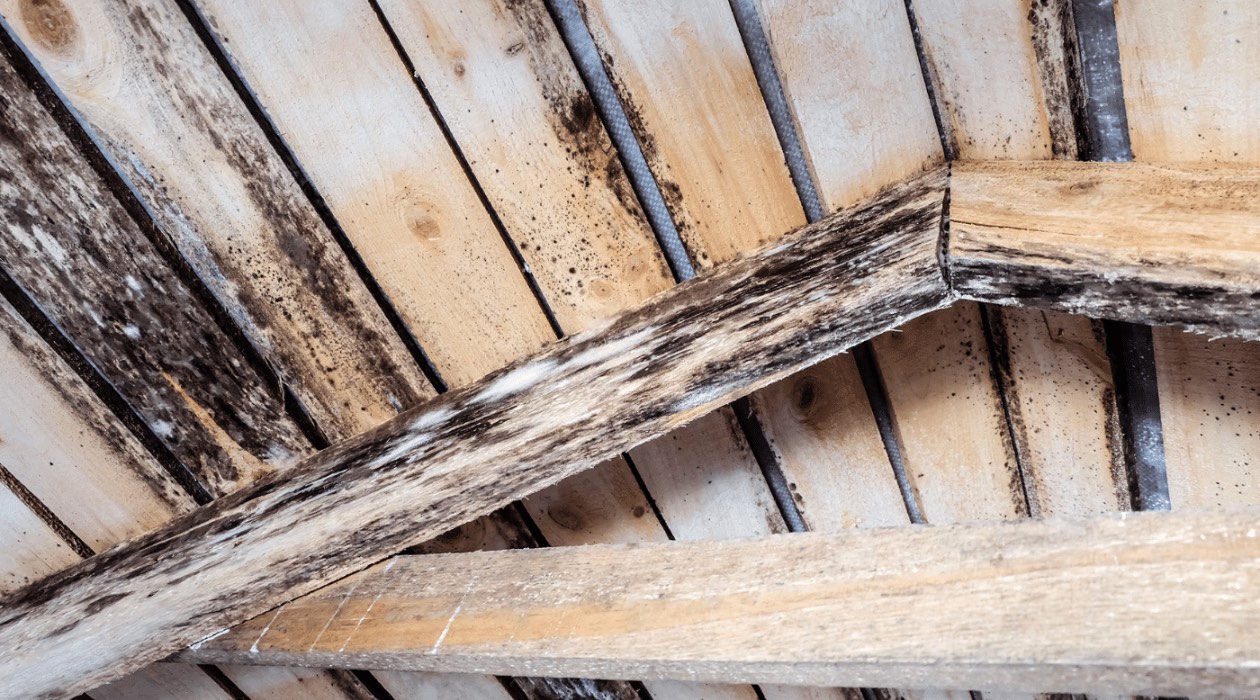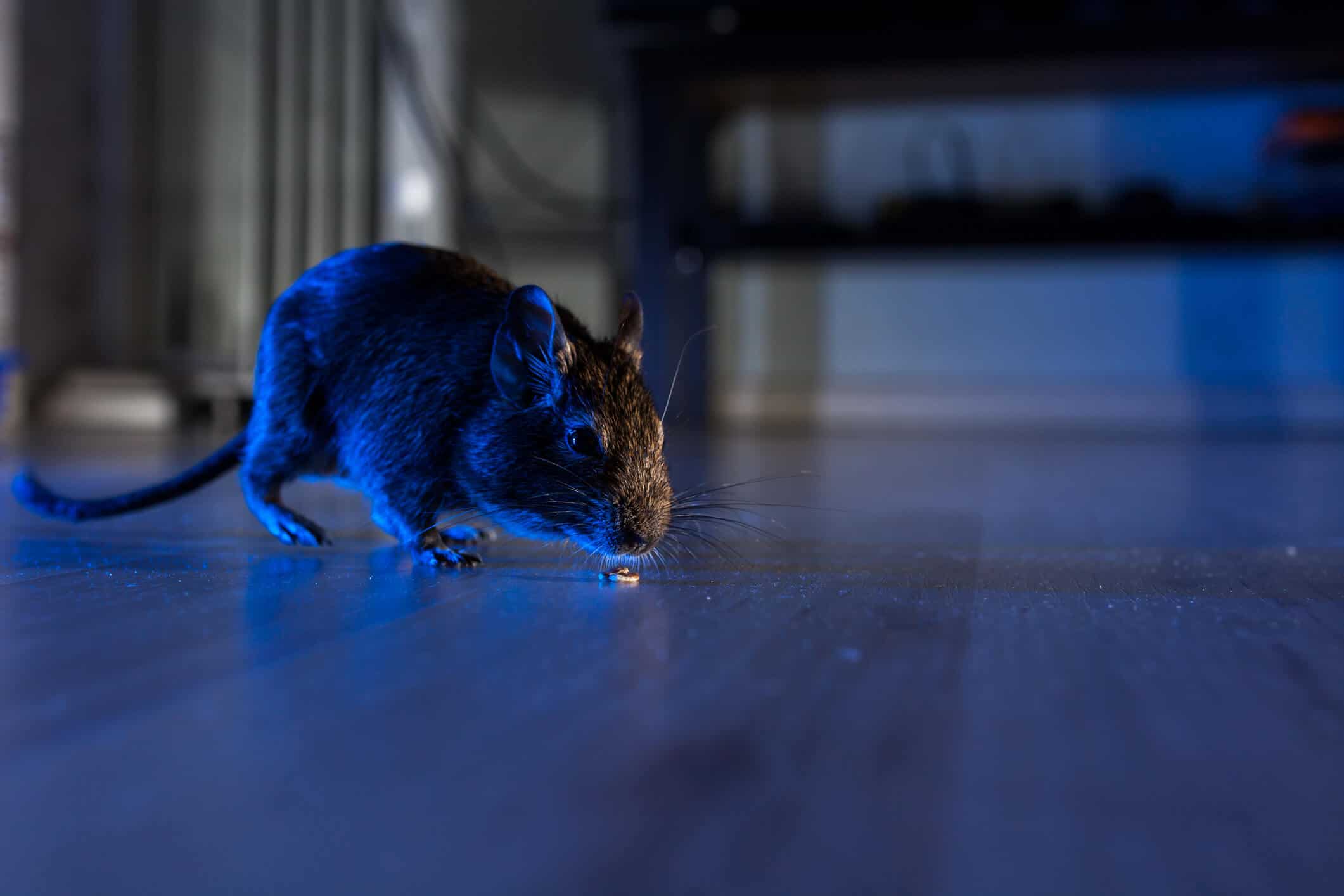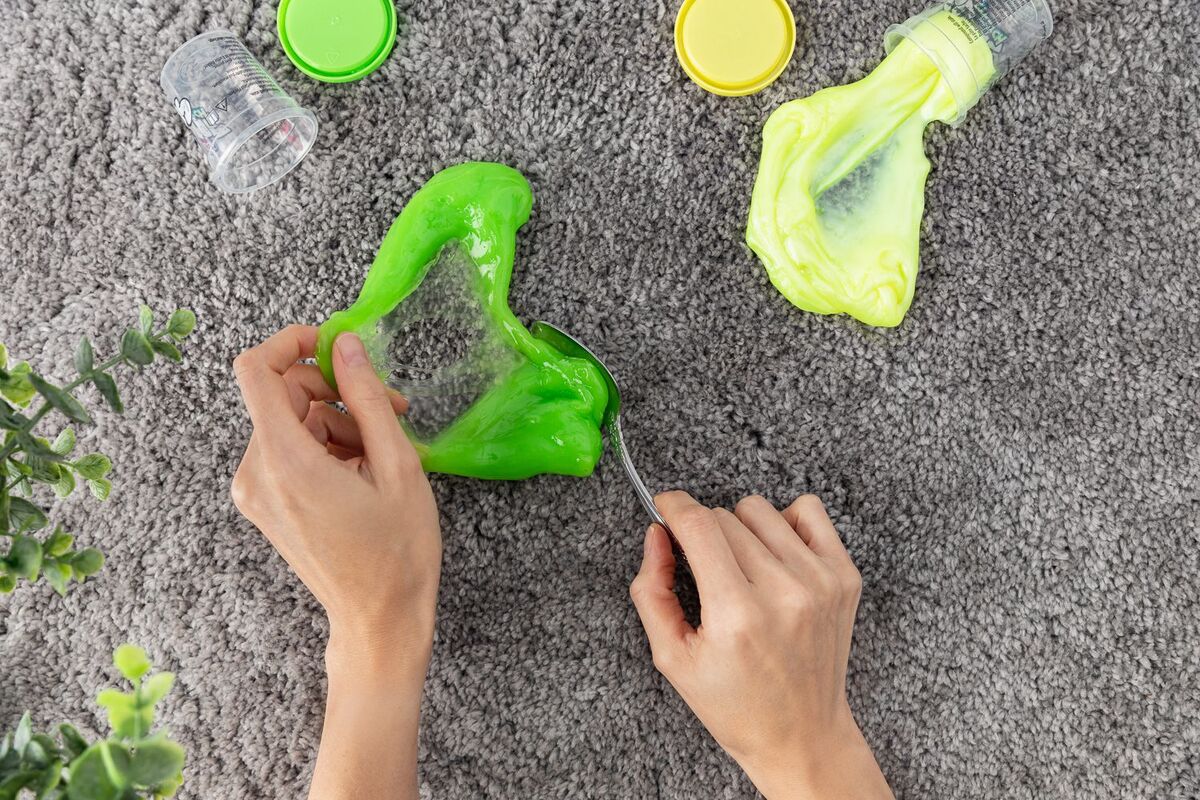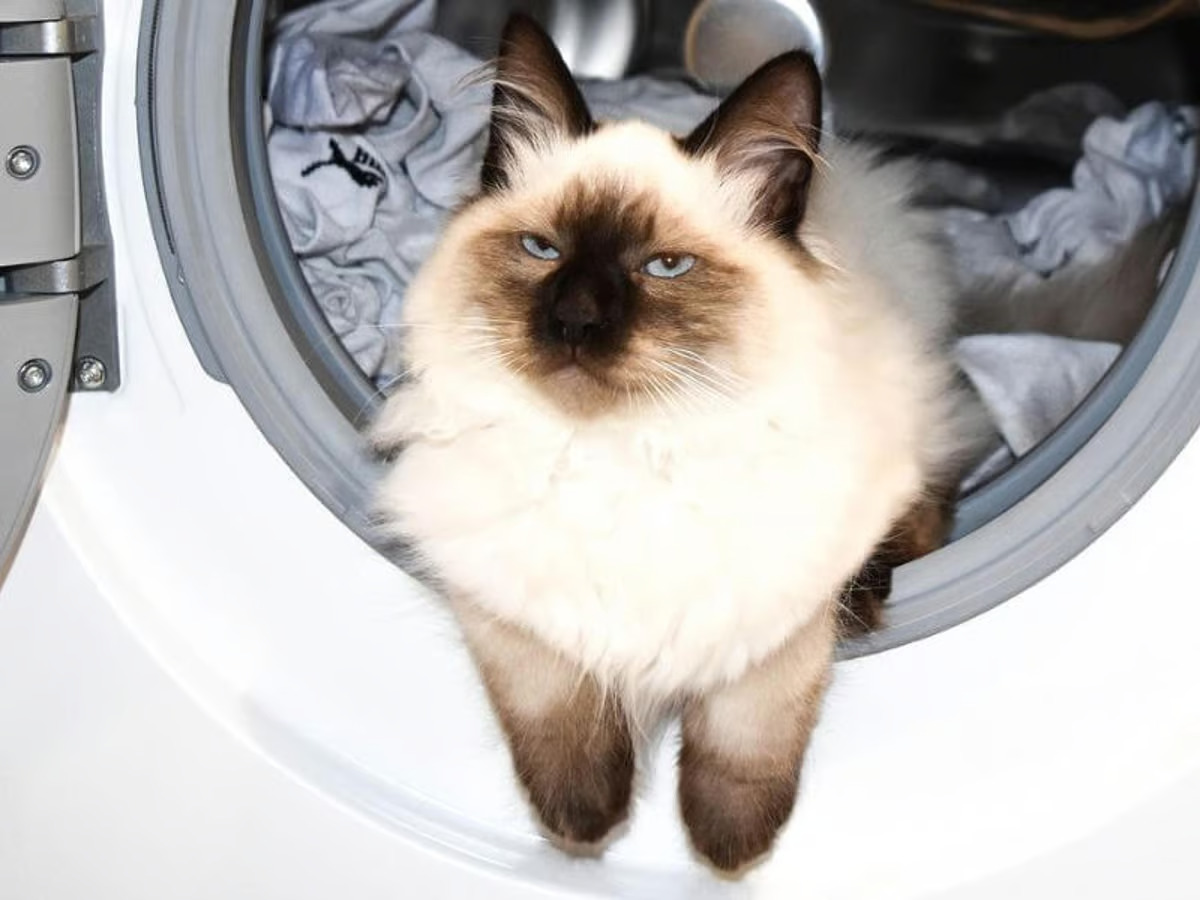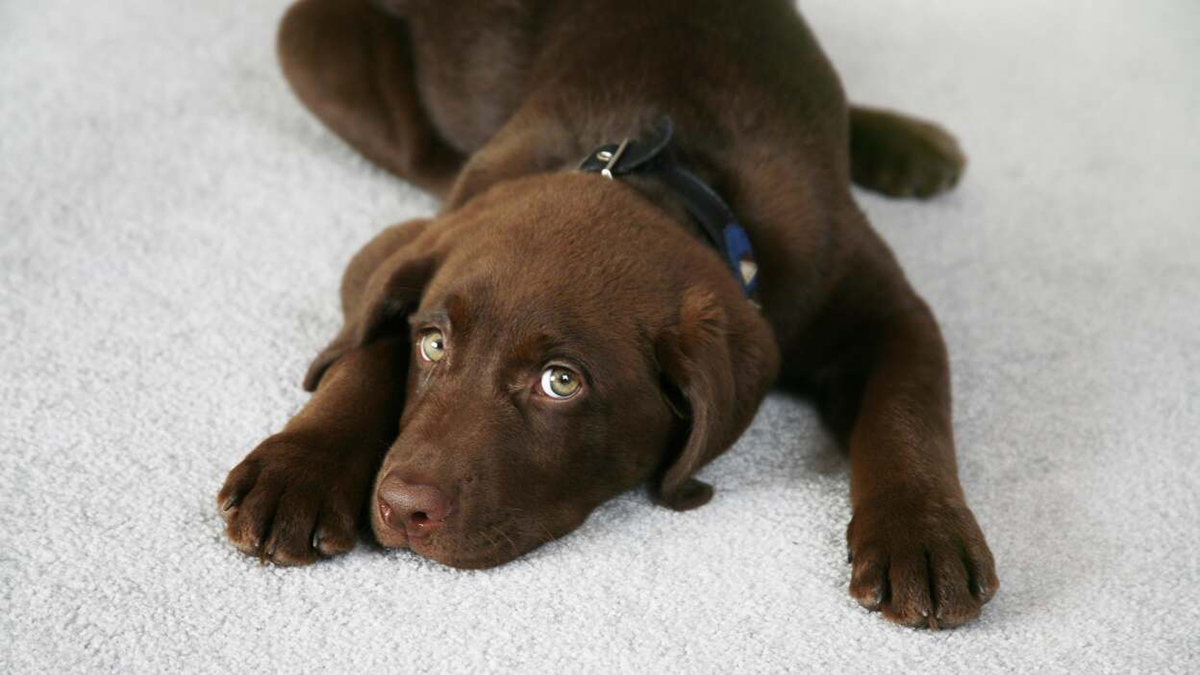

Articles
How To Get Rid Of Pet Smells In A Carpet
Modified: January 23, 2024
Discover effective ways to eliminate pet odors from your carpet in this comprehensive guide. Read our informative articles for expert tips and tricks.
(Many of the links in this article redirect to a specific reviewed product. Your purchase of these products through affiliate links helps to generate commission for Storables.com, at no extra cost. Learn more)
Introduction
Welcome to our comprehensive guide on how to get rid of pet smells in a carpet. As pet owners, we love our furry friends, but it’s no secret that they can sometimes leave behind unpleasant odors. Whether it’s the lingering smells of urine, vomit, feces, or just the general accumulation of pet hair and dander, these odors can be quite challenging to eliminate.
Not only can pet smells be offensive to our noses, but they can also be embarrassing when guests come over. Additionally, these smells can be a source of allergies or respiratory issues for some individuals. In order to create a clean and odor-free environment for both you and your pets, it’s essential to know how to effectively tackle and remove these smells from your carpet.
In this article, we will provide you with a step-by-step guide on how to assess the damage, general cleaning steps, and specific techniques to remove urine, vomit, and feces smells. We will also address the issue of pet hair and dander and offer tips on preventing future odors. By the end of this guide, you will be equipped with the knowledge and tools to tackle even the toughest pet smells, leaving your carpet fresh and odor-free.
Key Takeaways:
- Say goodbye to pet odors! Act quickly, use enzyme cleaners, and follow specific steps to eliminate urine, vomit, and feces smells from your carpet. Keep your home fresh and inviting for both you and your furry friends.
- Prevention is key! Regular grooming, cleaning routines, and pet-friendly odor neutralizers can minimize pet smells in your carpet. Address accidents promptly and consider professional cleaning for a fresh and odor-free home.
Read more: How To Get Rid Of Pet Stains In Carpet
Importance of Removing Pet Smells
Removing pet smells from your carpet is not just about improving the overall scent of your home. It goes beyond that. Here are some reasons why it is important to tackle pet smells:
- Eliminating Unpleasant Odors: Pet smells can be quite overwhelming and unpleasant. They can linger in your home, making it uncomfortable for you and your guests to spend time in. By removing these odors, you create a more inviting and enjoyable environment.
- Promoting Cleanliness: A clean home is not only visually appealing but also contributes to a healthier living environment. Pets can leave behind dirt, hair, and other debris in your carpet, which can attract bacteria and allergens. By addressing the pet smells, you are also ensuring a cleaner and healthier space.
- Preventing Allergies and Respiratory Issues: Pet dander and odors can trigger allergies and respiratory issues in some individuals, especially those who are sensitive or allergic to pet hair and dander. By effectively removing pet smells from your carpet, you reduce the risk of these health problems for both you and your family members.
- Maintaining the Longevity of Your Carpet: An accumulation of pet smells can lead to carpet damage over time, as some odors can chemically react with carpet fibers. By promptly addressing and eliminating pet smells, you can extend the lifespan of your carpet and avoid costly replacements.
- Enhancing the Overall Home Environment: A fresh and clean carpet not only improves the aesthetics of your home but also boosts the overall ambiance. It creates a more welcoming and pleasant atmosphere for you, your family, and your guests.
Now that we understand the importance of removing pet smells, let’s move on to the next section: assessing the damage.
Assessing the Damage
Before diving into the cleaning process, it’s important to assess the extent of the pet smells in your carpet. This will help you determine the appropriate cleaning methods and products to use. Here are some steps to follow when assessing the damage:
- Identify the Source: Begin by identifying the specific areas where the pet smells are concentrated. This could be a section of the carpet or spots where accidents have occurred. Identifying the source will allow you to focus your cleaning efforts on those particular areas.
- Check for Stains and Damage: Inspect the carpet for any visible stains or damage caused by pet-related accidents. This could include discoloration, fading, or even physical damage to the carpet fibers. Taking note of these issues will help you decide if any specialized treatments or repairs are necessary.
- Consider Carpet Type: Different types of carpets require different cleaning approaches. Take a moment to identify the type of carpet you have, whether it’s synthetic, wool, or another material. This information will help you select the appropriate cleaning solutions and methods that are safe and effective for your specific carpet type.
- Determine Severity: Assess the severity of the pet smells. Are they mild, moderate, or strong? This will give you an idea of the level of effort and treatments that may be needed to eliminate the odors completely.
- Take Note of Any Previous Attempts: If you have previously attempted to remove the pet smells from your carpet, make a note of the methods or products you used. This will help you avoid repeating ineffective techniques and allow you to try different approaches for better results.
Once you have completed the assessment, you’ll be better prepared to tackle the pet smells in your carpet. In the next section, we will explore the general cleaning steps to help you get started on the cleaning process.
General Cleaning Steps
Before diving into specific techniques for removing pet smells, there are some general cleaning steps that you should follow to prepare your carpet and ensure the best results:
- Vacuum Thoroughly: Start by vacuuming your carpet thoroughly to remove any loose pet hair, dander, and debris. Use a vacuum cleaner with a pet hair attachment or a brush specifically designed for pet hair removal.
- Spot Test Cleaning Solutions: Before applying any cleaning solution to your carpet, it’s crucial to perform a spot test in an inconspicuous area. This will ensure that the cleaning solution doesn’t cause discoloration or damage to your carpet. Follow the instructions on the cleaning product and wait for any adverse reactions before proceeding.
- Choose the Right Cleaning Solution: Depending on the type of pet smells and your carpet type, select a suitable cleaning solution. There are various commercial carpet cleaners available, or you can opt for homemade solutions using ingredients like vinegar, baking soda, or hydrogen peroxide.
- Follow Proper Dilution and Application: If using a commercial cleaning solution, follow the instructions on the label for proper dilution and application. For homemade solutions, follow a trusted recipe or guide to ensure safe and effective usage.
- Blot, Don’t Rub: When applying the cleaning solution to the affected area, use a clean cloth or sponge and gently blot the stain. Avoid rubbing the stain, as this can push the odor deeper into the carpet fibers and spread the stain.
- Repeat as Necessary: In some cases, one round of cleaning may not completely eliminate the pet smells. If necessary, repeat the cleaning process multiple times until the odors have been successfully eliminated.
- Dry Thoroughly: After cleaning, make sure to allow your carpet to dry completely. Open windows or use fans to promote air circulation and expedite the drying process. Moisture trapped in the carpet can lead to mold or mildew growth, which will cause additional odors.
Following these general cleaning steps will set the foundation for effectively removing pet smells from your carpet. In the next sections, we will delve into specific techniques for tackling urine smells, vomit smells, feces smells, and pet hair and dander. Stay tuned!
Removing Urine Smells
One of the most challenging pet smells to deal with is urine. The strong odor can permeate your carpet and leave an unpleasant scent that is hard to eliminate. Luckily, there are effective methods to remove urine smells from your carpet:
- Act Quickly: The key to successfully removing urine smells is to act as soon as possible. Fresh urine is easier to clean and has less time to penetrate deep into the carpet fibers.
- Blot Up Excess Urine: Start by blotting up as much of the urine as you can using paper towels or a clean cloth. Place the cloth over the affected area and apply gentle pressure to absorb the urine. Avoid rubbing, as this can spread the urine and push it deeper into the carpet.
- Apply an Enzyme Cleaner: Enzyme-based cleaners are specifically designed to break down the proteins in urine that cause the odor. Follow the instructions on the product and apply it generously to the affected area. Allow the cleaner to penetrate the carpet fibers and work its magic.
- Blot Again: After allowing the enzyme cleaner to sit for the recommended time, blot the area again with clean towels or cloths to absorb any remaining moisture and cleaner. Repeat this step until the area feels dry.
- Apply Vinegar Solution: If the urine odor persists, you can try using a vinegar solution. Mix equal parts of white vinegar and water and apply it to the affected area. Blot with clean towels or cloths to remove excess moisture.
- Rinse with Water: To remove any residue from the cleaning products, rinse the area with clean water. Blot up the excess water and allow the carpet to dry completely.
- Use Baking Soda: Finally, sprinkle baking soda over the entire affected area. Let it sit for several hours or overnight to absorb any remaining odors. Vacuum up the baking soda, and you should notice a significant reduction in urine smell.
It’s important to note that severe urine odors may require professional cleaning services to fully eliminate the smell. They have the equipment and expertise to deep clean your carpet and remove any trapped odor-causing molecules.
Now that you know how to tackle urine smells, let’s move on to the next section: removing vomit smells.
Regularly vacuum your carpet to remove pet hair and dander. Use a pet-specific carpet cleaner to spot clean any accidents, and sprinkle baking soda on the carpet before vacuuming to neutralize odors.
Read more: How To Get Rid Of Mildew Smell In Car Carpet
Removing Vomit Smells
Vomit smells can be extremely unpleasant and challenging to remove from your carpet. The acidic nature of vomit can leave behind a strong odor that lingers if not addressed promptly. Here are some steps to effectively remove vomit smells:
- Act Quickly: Just like with urine, it’s crucial to act quickly when it comes to vomit smells. The longer the vomit sits on your carpet, the harder it will be to eliminate the odor.
- Put on Protective Gloves: Before starting the cleaning process, it’s essential to wear protective gloves to protect yourself from any bacteria or viruses present in the vomit.
- Remove Solid Material: Carefully remove any solid material from the vomit using a plastic bag or paper towel. Be gentle to avoid spreading the vomit or grinding it into the carpet fibers.
- Blot Up Excess Moisture: Next, blot up as much of the liquid as possible by using paper towels or clean cloths. Apply gentle pressure and repeat the blotting process until there is minimal moisture left.
- Prepare a Cleaning Solution: Create a cleaning solution by mixing one part white vinegar with two parts water. This solution effectively neutralizes odors and kills bacteria.
- Apply the Cleaning Solution: Pour the vinegar and water solution directly onto the affected area. Make sure to saturate the area where the vomit was present. Allow the solution to sit for a few minutes to break down the odor-causing compounds.
- Blot and Rinse: Blot the area again with clean towels or cloths to remove the excess vinegar solution and any remaining vomit residue. Rinse the area with clean water and blot again to remove any residue.
- Dry Thoroughly: Allow the carpet to dry completely. Use fans or open windows to promote air circulation and expedite the drying process. Ensure that the area is completely dry to prevent any residual odor.
- Apply Baking Soda: To further eliminate any lingering vomit smells, sprinkle baking soda over the affected area. Let it sit for several hours or overnight to absorb any remaining odors. Vacuum up the baking soda to reveal a fresh-smelling carpet.
If the vomit smell persists despite your best efforts, consider seeking professional carpet cleaning services. They have specialized tools and products that can effectively eliminate even the toughest odors.
Now that you know how to remove vomit smells, let’s proceed to the next section: eliminating feces smells.
Removing Feces Smells
Dealing with feces smells in your carpet can be quite unpleasant, but it’s important to address them promptly to prevent the odor from spreading and lingering. Here are the steps to effectively remove feces smells from your carpet:
- Put on Protective Gloves: Before starting the cleaning process, ensure that you are wearing disposable gloves to protect yourself from any bacteria or pathogens present in the feces.
- Remove Solid Material: Carefully remove any solid material using a plastic bag or paper towel. Be cautious not to smudge or further spread the feces on the carpet fibers.
- Blot Up Excess Moisture: Gently blot the affected area with paper towels or clean cloths to absorb any excess moisture. Avoid pressing too hard to prevent pushing the fecal matter deeper into the carpet.
- Prepare a Cleaning Solution: Mix a solution of warm water and a mild liquid dish soap. This will help break down the odor and sanitize the area.
- Apply the Cleaning Solution: Using a clean cloth or sponge, apply the cleaning solution directly to the affected area. Gently scrub the area in a circular motion to lift the stain and eliminate the odor.
- Rinse and Blot: Rinse the area with clean water to remove the soap residue. Blot the area with clean towels or cloths to absorb excess moisture and encourage drying.
- Dry Thoroughly: Allow the carpet to air dry completely. Open windows or use fans to facilitate air circulation. Ensure the area is thoroughly dry to prevent any lingering odor.
- Apply Odor Neutralizer: If the feces smell persists, consider using an odor neutralizer specifically designed for pet odors. Follow the instructions on the product and apply it to the affected area. These products work to chemically neutralize the odor molecules.
- Vacuum and Freshen: Once the carpet is dry, vacuum the area to remove any remaining debris or residue. You can also sprinkle baking soda on the carpet, let it sit for some time, and then vacuum it up to freshen the carpet.
If the feces smell lingers despite your efforts, it may be necessary to consult professional carpet cleaners who have specialized tools and techniques to thoroughly clean and deodorize the affected area.
Now that you know how to remove feces smells, let’s move on to addressing pet hair and dander.
Removing Pet Hair and Dander
Pet hair and dander can accumulate in your carpet, leading to allergens and unpleasant odors. It’s important to regularly remove pet hair and dander to maintain a clean and fresh-smelling carpet. Here are some steps to effectively tackle pet hair and dander:
- Vacuum Regularly: Regular vacuuming is key to managing pet hair and dander. Use a vacuum cleaner with strong suction and a brush attachment specifically designed for removing pet hair. Vacuum your carpet at least once a week, focusing on high-traffic areas and pet-favorite spots.
- Use a Rubber Broom or Squeegee: In addition to vacuuming, you can use a rubber broom or squeegee to gather pet hair from your carpet. Simply run the broom or squeegee over the carpet in long, sweeping motions to collect the hair into a pile. Then, dispose of the hair properly.
- Use a Lint Roller or Sticky Tape: If you notice smaller patches of pet hair, you can use a lint roller or sticky tape to pick up the hair. Roll or dab the lint roller or tape over the affected areas to collect the hairs effectively.
- Groom Your Pets: Regular grooming of your pets can help minimize the amount of hair and dander they shed. Brush your pets regularly, preferably outdoors, to remove loose hair before it has a chance to accumulate in your carpet.
- Wash Pet Bedding and Blankets: Pet bedding and blankets can be a significant source of pet hair and dander. Make sure to wash these items regularly to remove any trapped hair and dander. Follow the manufacturer’s instructions for washing and drying.
- Use Fabric Softener Sheets: To help reduce static and prevent pet hair from sticking to your carpet, run a fabric softener sheet over the carpet. The sheet will help attract and lift the pet hair, making it easier to vacuum or remove with a broom.
- Consider Using a HEPA Air Purifier: A HEPA (High-Efficiency Particulate Air) purifier can help filter out pet dander and other allergens from the air, reducing the amount of dander that settles in your carpet. Place the air purifier in a central location in your home for maximum effectiveness.
By following these steps and incorporating regular cleaning routines, you can significantly reduce the presence of pet hair and dander in your carpet, maintaining a cleaner and fresher environment.
In the next section, we will discuss preventive measures to help avoid future pet smells in your carpet.
Preventing Future Odors
Prevention is key to maintaining a clean and odor-free carpet. By implementing some preventive measures, you can minimize the chances of future pet smells in your carpet. Here are some steps you can take:
- Regularly Groom Your Pets: Regular grooming helps to reduce shedding and minimize the amount of pet hair and dander in your home. Brushing your pets frequently can significantly reduce the amount of hair that ends up on your carpet.
- Establish a Cleaning Routine: Set up a regular cleaning routine that includes vacuuming, sweeping, and dusting. This will help prevent the accumulation of pet hair, dander, and dirt in your carpet.
- Use Pet-Friendly Odor Neutralizers: Consider using pet-friendly odor neutralizers or carpet fresheners specifically designed to eliminate pet odors. These products help to neutralize odors and leave a fresh scent behind, giving your carpet a clean and inviting smell.
- Keep Pets Off Carpeted Areas: If possible, establish pet-free zones in your home, especially in carpeted areas. Use baby gates or pet barriers to restrict your pets’ access to certain rooms or areas with sensitive carpets. This can help prevent accidents and minimize the accumulation of pet smells in those areas.
- Regularly Clean Pet Bedding and Toys: Wash your pets’ bedding, blankets, and toys regularly. These items can harbor odors and bacteria, which can transfer to your carpet. Follow the manufacturer’s instructions for proper cleaning and sanitizing.
- Address Accidents Immediately: If your pet has an accident on the carpet, attend to it promptly. Blot up any liquid or solid waste and clean the area using appropriate cleaning solutions. The sooner you address accidents, the easier it will be to eliminate any potential odors.
- Consider Professional Carpet Cleaning: Regular professional carpet cleaning can help deep clean your carpet and eliminate any embedded pet smells that may persist despite your best efforts. Schedule professional cleanings at least once or twice a year to keep your carpet fresh and odor-free.
By following these preventive measures, you can minimize the occurrence of pet smells in your carpet and maintain a clean and fresh living environment for both you and your furry companions.
Now that you’re equipped with the knowledge and techniques to tackle pet smells and prevent future odors, you can confidently keep your carpet fresh and odor-free. Remember to be consistent with your cleaning routine and address any pet-related accidents promptly for the best results.
If you encounter persistent or severe pet smells, it’s always a good idea to consult with professional carpet cleaners who can provide expert guidance and assistance.
By following these tips and putting in a little effort, you can enjoy a clean and fresh-smelling carpet, allowing you and your pets to coexist in a healthy and odor-free home environment.
Happy cleaning!
Read more: How To Get Rid Of Chimney Smell
Conclusion
Congratulations! You are now equipped with the knowledge and techniques to effectively remove pet smells from your carpet. By following the steps outlined in this comprehensive guide, you can tackle pet odors such as urine, vomit, and feces smells, as well as address the issue of pet hair and dander.
Remember, acting quickly is key when it comes to removing pet smells. The sooner you address the issue, the easier it will be to eliminate the odor and prevent it from lingering in your carpet. Regular cleaning routines and preventive measures can also go a long way in maintaining a fresh and odor-free carpet.
Whether you choose commercial cleaning products or prefer homemade solutions using vinegar or baking soda, make sure to do a spot test and follow the instructions carefully to avoid damaging your carpet.
If you find that your efforts to remove pet smells are unsuccessful, don’t hesitate to reach out to professional carpet cleaning services. They have the expertise and specialized equipment to thoroughly clean and deodorize your carpet, leaving it fresh and inviting.
By keeping your carpet clean and odor-free, you not only create a more pleasant living environment for yourself and your guests, but you also contribute to a healthier space by reducing allergens and preventing respiratory issues associated with pet dander and odors.
Remember, prevention is key. Regular grooming of your pets, establishing cleaning routines, and using pet-friendly odor neutralizers can help minimize the occurrence of pet smells in your carpet.
We hope this guide has been helpful in your quest for a fresh-smelling and clean carpet. Enjoy your time with your furry friends without worrying about pet odors. Put these tips into action, and you’ll have a clean and odor-free carpet in no time!
Happy cleaning!
Frequently Asked Questions about How To Get Rid Of Pet Smells In A Carpet
Was this page helpful?
At Storables.com, we guarantee accurate and reliable information. Our content, validated by Expert Board Contributors, is crafted following stringent Editorial Policies. We're committed to providing you with well-researched, expert-backed insights for all your informational needs.
